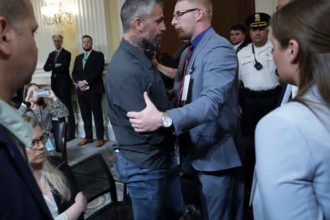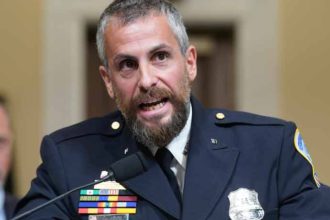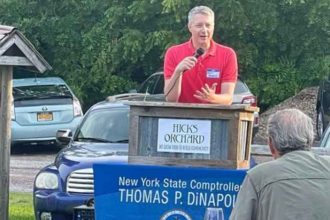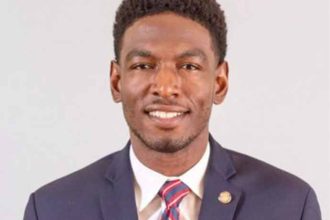VIDEO EXCLUSIVE: Dr. William Haseltine Explains Why New York City Is The Epicenter Of COVID-19 Pandemic
New York has been hit hardest by the coronavirus outbreak, reporting over 272,000 cases, more than half of which are in New York City. Similar cities may still experience a massive uptick in cases, according to Dr. William Haseltine.
Haseltine, who is the Chair and President of ACCESS Health International and a former Harvard Medical School professor, told uPolitics that New York is “the first city” to report such high numbers.













Leave a comment